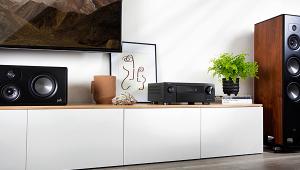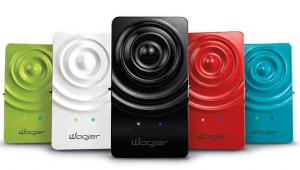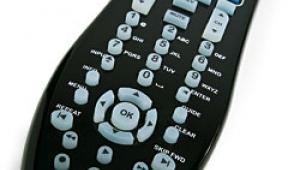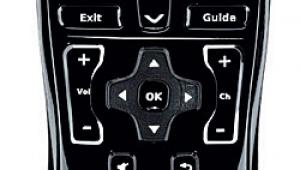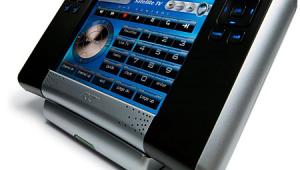I have two Harmony One remotes that are clones. Each have the max 15 devices (what a limitation that I see hasn't been increased), that I use to control the A/V equipment in 3 different rooms. I will pick up a couple others on eBay eventually. The problem, IMHO, is that the screen separates the hard buttons into two sections, making single-handed operation extremely difficult. I tried the Touch (ugh), but it works for my father-in-law, so he is happy. I LOVE the One! One remote to rule them all.
And, there are no hard number keys. Keep the ONE alive!
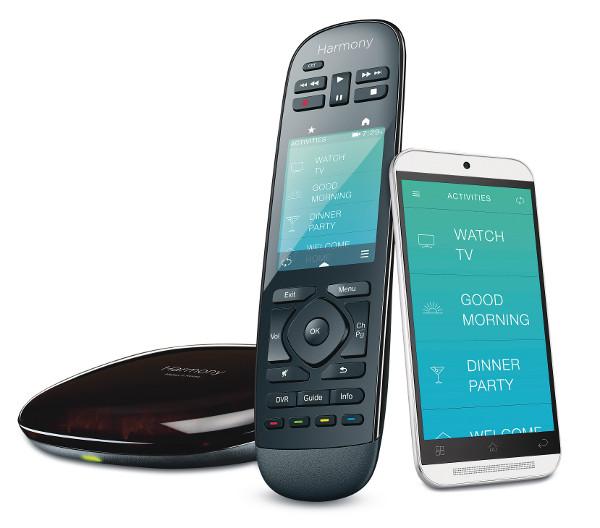


 The Ultimate Home remote doesn’t require an active Internet connection to control AV components using IR or Bluetooth, but it does need to be connected to the Internet in order to sync changes in your installed mobile apps, download firmware updates, and control smart devices that may not allow direct access. To raise the temperature on a Nest thermostat, for example, the Ultimate Home Hub relays the command from the handheld remote over the Internet to Nest’s main servers, from which the thermostat eventually receives the instruction to increase the temperature. In other words, you’ll still be able to watch TV if your Internet service goes down, but you won’t be able to use the Ultimate Home to control other home automation devices.
The Ultimate Home remote doesn’t require an active Internet connection to control AV components using IR or Bluetooth, but it does need to be connected to the Internet in order to sync changes in your installed mobile apps, download firmware updates, and control smart devices that may not allow direct access. To raise the temperature on a Nest thermostat, for example, the Ultimate Home Hub relays the command from the handheld remote over the Internet to Nest’s main servers, from which the thermostat eventually receives the instruction to increase the temperature. In other words, you’ll still be able to watch TV if your Internet service goes down, but you won’t be able to use the Ultimate Home to control other home automation devices.

